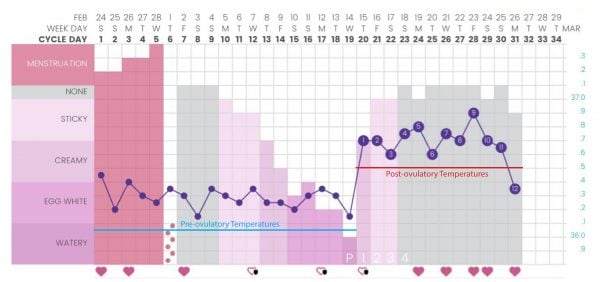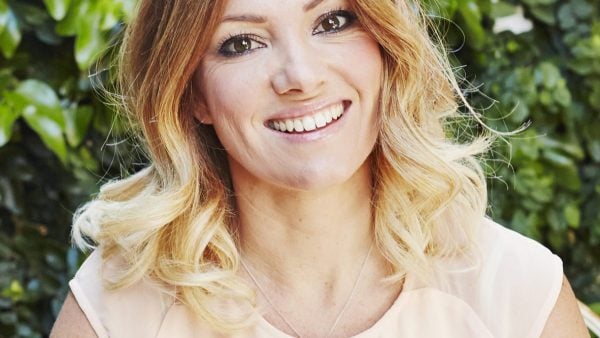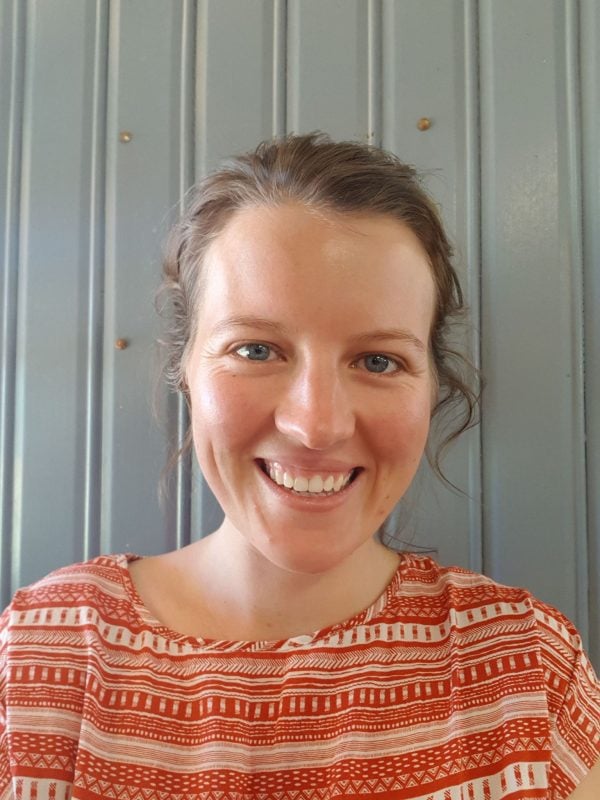
It’s been a-year-and-a-half now since I took my last pill back in 2016. I remember the day well. I woke up on the morning of a new pill packet and decided “screw it” – I’d had enough of them and it’d only been 10 months!
By this stage I had changed from my previous happy self into an emotionless zombie – I was simply floating through my days in a strange sense of detachment while periodically experiencing anxiety attacks. Plus, my hair was thinning and I was developing hyperpigmentation on my face.
I had never wanted to go on the pill in the first place, but condoms weren’t cutting it in the honeymoon phase with my new boyfriend. I had taken the morning-after pill twice in the space of about three months (oops!) and I just couldn’t see any other way around it.











Top Comments
That is just a fancy name for the good old fashioned rhythm method. Upon which millions of children have been conceived.
I’m on the pill, and hate it, but frankly not going to risk a “whoopsie”!
I love when someone uses information that conveys they don't understand how the Symptothermal Method works, to tell me that the Symptothermal Method doesn't work.
You've got a higher chance of a Whoopsie on the Pill, than using the Symptothermal Method.
Still not risking it, I have a hard time not getting pregnant even on contraception.
Thankfully I've never been on the pill or any other hormonal/medical birth control. I believe anything that alters your body/hormones like that is bad for your health.
I have managed for a looong time with the withdrawal method along with working around my cycle. All children were planned & hubby had a vasectomy last year 🎉
Thanks for sharing the information, it's good to know for my daughters.